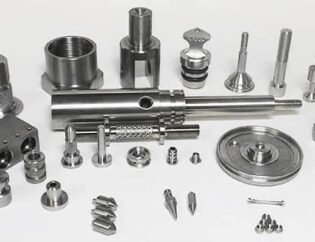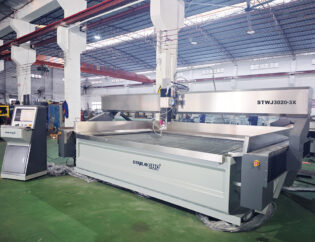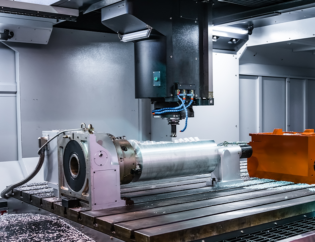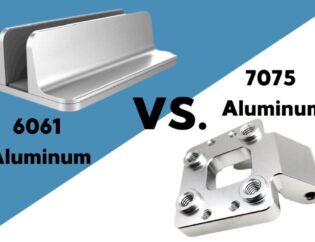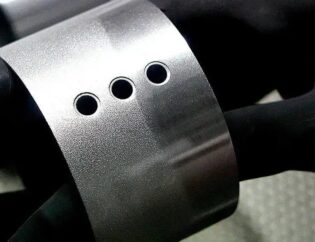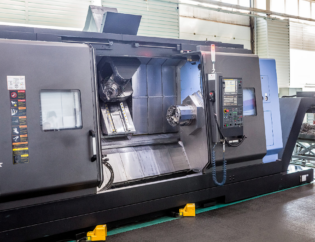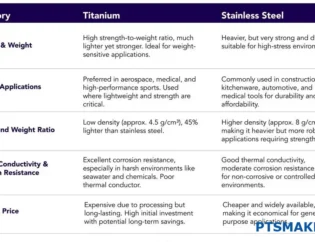Carbon fiber machining is a critical process in modern manufacturing, known for its lightweight yet robust properties. As industries increasingly adopt carbon fiber composites, understanding the intricacies of machining this material becomes essential. This guide will delve into the techniques, tools, and best practices necessary for effective carbon fiber machining.
Readers can expect to learn about the unique challenges posed by carbon fiber, including its abrasive nature and the need for precision. We will explore various machining methods, from cutting to drilling, and discuss the importance of selecting the right tools to achieve optimal results. Additionally, safety considerations and environmental impacts will be addressed, ensuring a comprehensive understanding of the topic.
By the end of this guide, readers will be equipped with the knowledge to enhance their machining processes and improve product quality. Whether you are a seasoned professional or new to the field, this resource will provide valuable insights into mastering carbon fiber machining.
A Complete Guide to Carbon Fiber Machining
Carbon fiber has proven to defy convention, prompting its extensive use in conventional engineering. Unlike most materials, this carbon fiber promises a unique balance between strength and lightness, making it your ideal solution for crafting a myriad of exceptional components. This guide will delve into the intricacies of carbon fiber machining, exploring its technical features, types, and applications.
Technical Features of Carbon Fiber Machining
Carbon fiber machining involves specialized techniques due to the unique properties of carbon fiber. Below is a comparison table highlighting the key technical features of carbon fiber:
| Feature | Description |
|---|---|
| Strength-to-Weight Ratio | Carbon fiber is significantly stronger than steel while being much lighter. |
| Thermal Conductivity | Low thermal conductivity reduces heat generation during machining. |
| Tensile Strength | High tensile strength allows it to withstand significant pulling forces. |
| Abrasiveness | Carbon fiber is abrasive, leading to rapid tool wear if not managed properly. |
| Delamination Risk | Machining can cause layers to separate, requiring careful handling. |
| Electrical Conductivity | Carbon fiber can conduct electricity, which is beneficial in certain applications. |
Types of Carbon Fiber Machining
Different machining operations are employed to work with carbon fiber, each with its unique advantages and applications. The following table summarizes the various types of carbon fiber machining:
| Machining Type | Description |
|---|---|
| Turning | Uses a lathe to shape carbon fiber into cylindrical forms. |
| Waterjet Cutting | Utilizes high-pressure water to cut carbon fiber without heat generation. |
| Sawing | Employs saws to cut carbon fiber, often leading to edge wear. |
| Drilling | Creates holes in carbon fiber components, requiring specialized drill bits. |
| Laser Cutting | Uses lasers for precise cuts, though it may cause carbonization. |
| Milling | Involves removing material to shape components, requiring high-speed tools. |
| Grinding | Provides a smooth finish by removing surface material. |
| Routing | Shapes and engraves carbon fiber using specialized router bits. |
Applications of Carbon Fiber Machining
Carbon fiber is widely used across various industries due to its exceptional properties. Here are some notable applications:
- Aerospace: Carbon fiber components are used in aircraft structures, enhancing fuel efficiency and reducing weight.
- Automotive: The automotive industry utilizes carbon fiber for manufacturing lightweight and strong vehicle parts, improving performance.
- Sports Equipment: Items like tennis rackets and golf clubs benefit from carbon fiber’s strength and lightness, enhancing athletic performance.
- Medical Devices: Carbon fiber is used in prosthetics and surgical instruments due to its durability and lightweight nature.
- Electronics: The material’s electrical conductivity makes it suitable for various electronic applications, including shielding devices.
Challenges in Carbon Fiber Machining
While carbon fiber offers numerous advantages, machining it presents several challenges:
– Tool Wear: The abrasive nature of carbon fiber can lead to rapid tool degradation, necessitating the use of specialized cutting tools.
– Dust Generation: Machining carbon fiber produces fine dust that can be harmful to health and damaging to electronic equipment.
– Delamination: Improper machining techniques can cause layers of carbon fiber to separate, compromising the integrity of the component.
Conclusion
Carbon fiber machining is a complex yet rewarding process that requires specialized knowledge and tools. Its unique properties make it an ideal material for various applications, from aerospace to sports equipment. By understanding the technical features, types, and challenges of carbon fiber machining, manufacturers can optimize their processes and produce high-quality components.
FAQs
1. What is carbon fiber machining?
Carbon fiber machining refers to the processes used to cut, shape, and finish carbon fiber materials into functional components.
2. What are the benefits of using carbon fiber?
Carbon fiber offers a high strength-to-weight ratio, low thermal conductivity, and excellent durability, making it ideal for various applications.
3. How does waterjet cutting work for carbon fiber?
Waterjet cutting uses high-pressure water mixed with abrasives to cut carbon fiber without generating heat, preventing damage to the material.
4. What tools are best for machining carbon fiber?
Specialized tools such as diamond-coated end mills, carbide drills, and waterjet cutters are recommended for effective carbon fiber machining.
5. What industries benefit from carbon fiber machining?
Industries such as aerospace, automotive, sports equipment, medical devices, and electronics extensively utilize carbon fiber machining for its unique properties.

